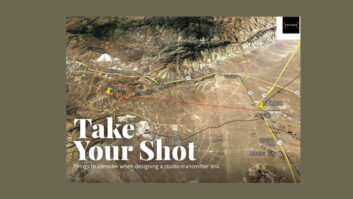Engineers continue to discuss aspects of the proposed digital power increase.
CGC Communicator this week carries a note from Geoff Mendenhall of Harris on the topic of why broadcasters want to increase HD radio sideband power if radios blend back to analog at loss of digital.
Subsequent to our publication of the above link, NPR Labs sought to clarify the record on its position; that text follows here:
“We feel it is important to clarify NPR Labs’ position on improving HD Radio coverage as summarized in Geoff Mendenhall’s recent letter, linked to the Feb. 22 Newsbytes article ‘Multicasting Is an Angle on Digital Power Increase.’
“While we consider NPR Labs a leader in technical implementation issues of HD Radio, we are not ‘a main proponent of increasing the sideband power level’ and in fact are completing a thorough investigation of the potential interference impact, as well as the coverage effects of elevated HD Radio transmission power. Although our investigations into this area coincided with the field testing carried out by Clear Channel, Greater Media and CBS, we were not involved in that study. Only when we’re comfortable with our independent studies and feel confident about more fully understanding the science of the digital radio coverage improvement options and interference consequences will we adopt a position on the matter.
“As part of our year-long research project, three basic avenues of potential HD improvement have been studied: (1) receiver and receiving antenna performance, which poses no risk of increased interference; (2) single frequency networks, i.e., boosters; and (3) increased digital sideband power. Given the potentially-closer spacing afforded by contour protection allocations in the educational reserved FM spectrum, the second strategy poses the least risk of objectionable interference to 1st adjacent analog stations, a fairly important consideration since 99% of our listeners are still tuned to the analog signal only. (This was discussed in our paper for the 2007 NAB Engineering Conference.) Interference can be especially important to public radio listeners, particularly in rural areas where a single public radio signal may serve as the “public radio lifeline”. It would be inaccurate, based on our research activities, for NPR Labs to be considered an unqualified advocate of increasing sideband power level.”
The reply from NPR Labs was signed by Mike Starling, CTO, and John Kean, Senior Technologist.












